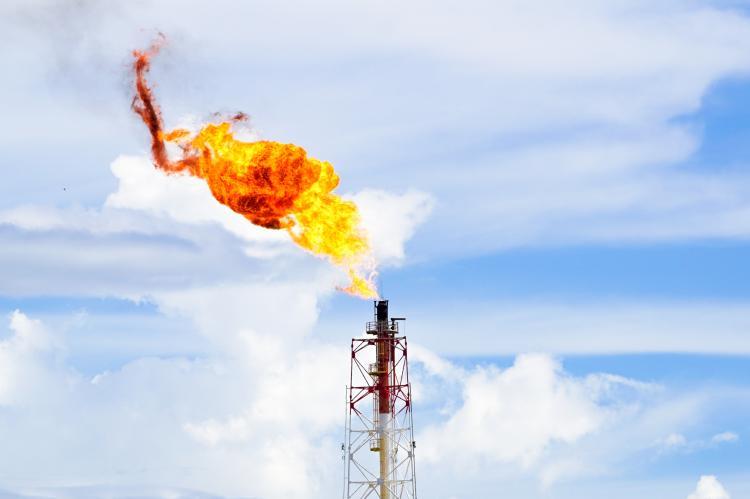Russia Flaring Around 4.34 mcmd Of Gas Normally Bound For Nord Stream 1

Russia is burning an estimated $10 million worth of natural gas every day near its border with Finland, close to a compressor station at the beginning of Nord Stream 1, one of the main Russian pipelines carrying gas to Germany.
Rystad Energy, an independent energy research and business intelligence company headquartered in Oslo, Norway made this determination according to analysis of heat levels and satellite data.
The Norwegians called the flaring at Gazprom’s Portovaya plant is an “environmental disaster," with about 9,000 tons of carbon dioxide being emitted every day. To put this in perspective, hat’s the same amount of emissions produced over a whole year by more than 1,100 average American homes.
Rystad said that Russia is burning gas that would otherwise have been exported to Europe through the pipeline, which usually accounts for more than a third of Europe’s gas imports but where flows have been throttled back to just 20% of normal levels.
CNN has reported that gas exports overall from Russia to Europe are down 77% so far this year compared to the same period in 2021, according to Rystad. Last year, Moscow accounted for 45% of the European Union’s total gas imports, data from the International Energy Agency shows.
Henning Gloystein, director of Energy, Climate and Resources at Eurasia Group, notes that “in normal times, much of this gas would have been used to feed into the pipeline grid and sold on to Europe. Because Russia has sharply cut supply to Europe that gas initially went into Russian domestic storage. Those are now likely full, so the gas has nowhere to go, hence it’s being flared,” he said.
The bloc has been trying to wean itself off Russian gas since the invasion of Ukraine six months ago. It is racing to fill up its storage facilities, cut its demand and secure alternate energy sources to avoid having to ration energy this winter.
